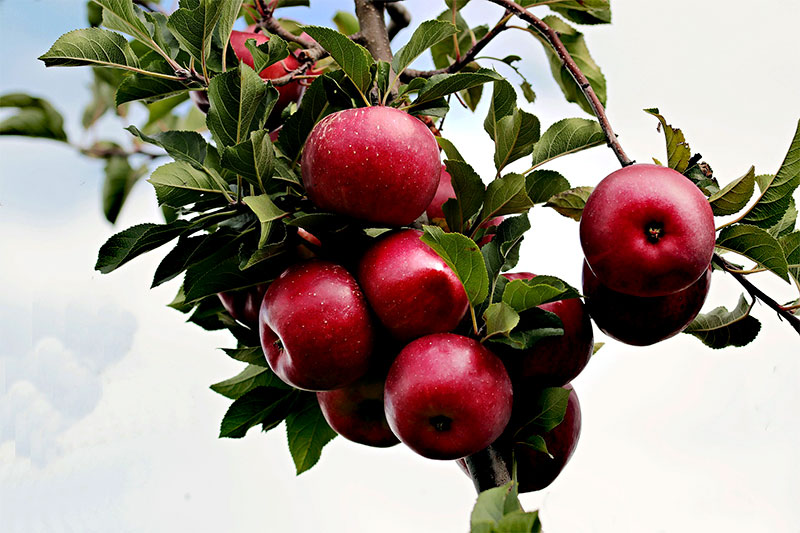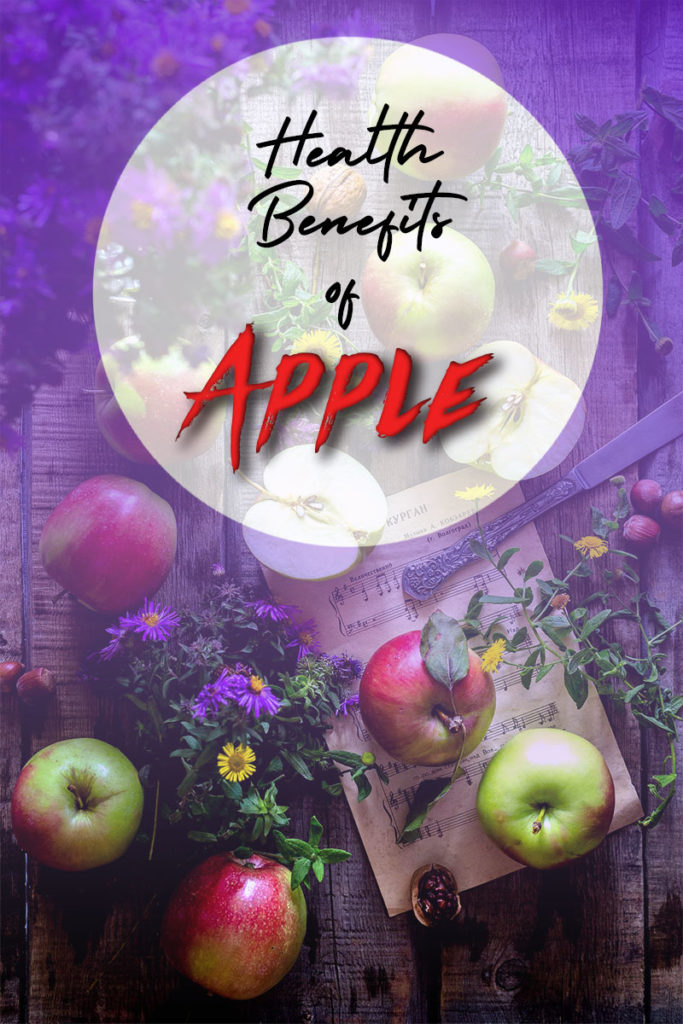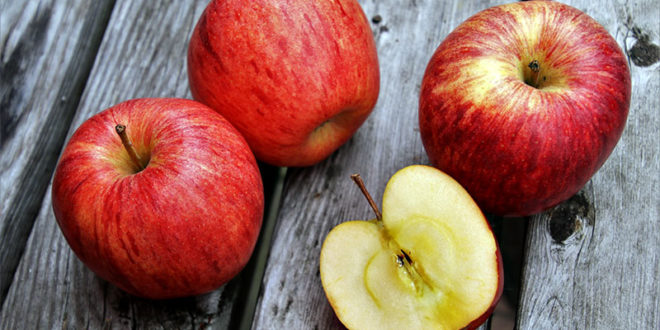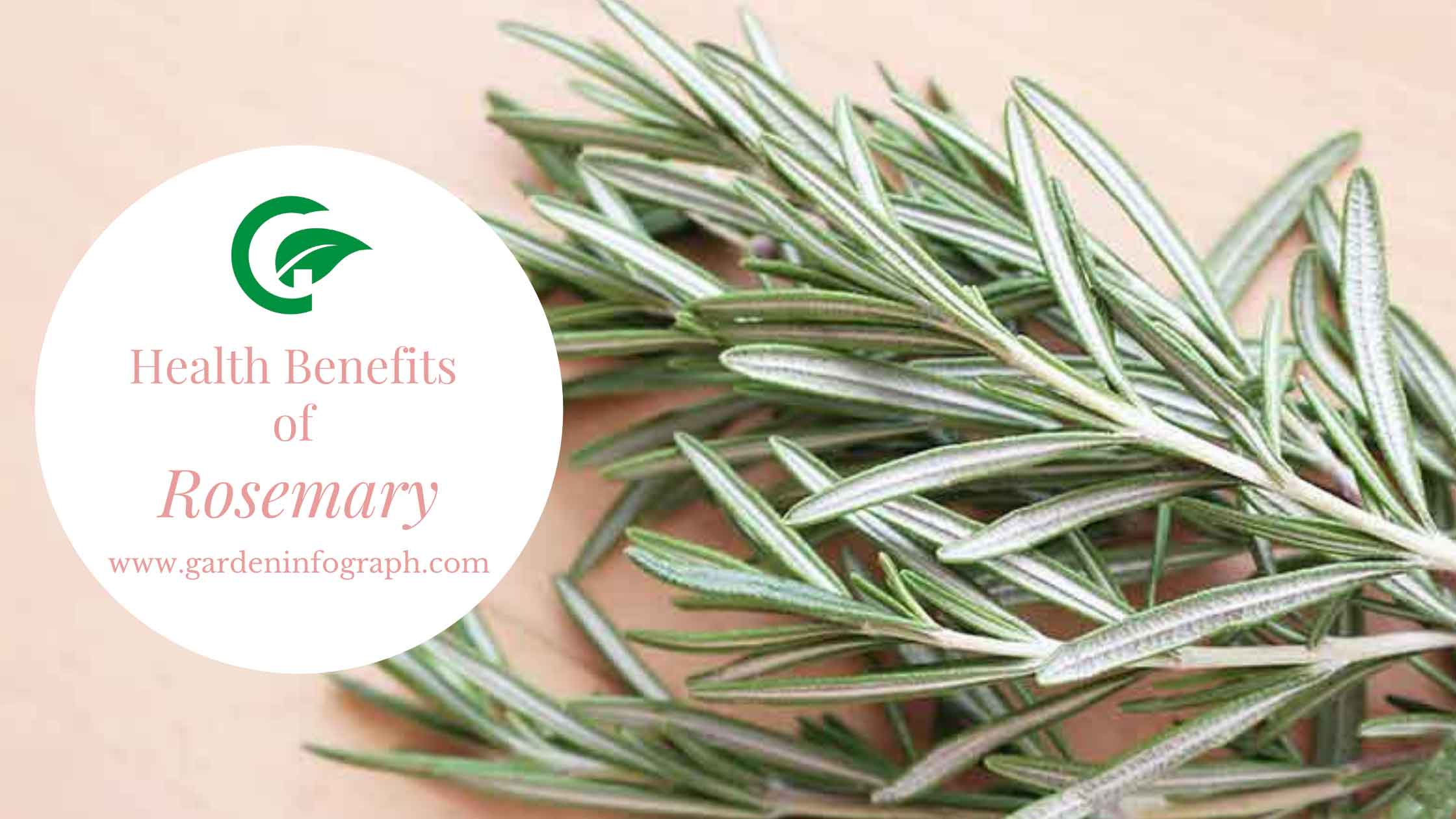Apple
An apple is an edible fruit which is produced by an apple tree. Biological name of apple is Malus Domestica. They belong to the Rosaceae family. They are very popular and they are widely grown in the genus Malus. Apples had been grown most widely in Asia and Europe. European colonists brought them to North America. Appletree is originated in Central Asia. Malus sieversii is the wild ancestor of apple which is still found in Central Asia.

Apple trees can be grown from seeds. Generally, it is cultivated by grafting the rootstocks. Apple can be propagated by different types of cultivars. There are more than 7,500 known cultivars of apple which result in a variety of desired characteristics. Different cultivars are bred for a range of tastes and use. It can be used for cooking, eating raw and also for the production of cider.
Cultivars
There are a variety of cultivars of apple. Each cultivar varies in the yield and the ultimate size of the tree even if they are grown through the same rootstock. There are different cultivars available according to the temperate and subtropical climates. Most of the cultivar of apples are bred for eating fresh. Some of the apples are cultivated specifically for cooking or for cider production. Cider apples give a rich flavor to beverages but are too tart and astringent to eat fresh.
Apple cultivars which are popular for commercial use are soft but crisp. Colorful skin, absence of rusting, common apple shape and disease resisting are the other desirable qualities of commercial breeding of apple. Lengthy storage ability, high yields, and developed flavors are also the qualities of apples used commercially.

Biological Information
Apple is a deciduous tree. It grows to 30 ft in the wild. Leaves of an apple tree are alternately arranged dark green colored. They are in shape of simple ovals with serrated margins and slightly downy undersides. Apple trees blossom in springtime. Their flowers are white with a tinge of a pink which slightly fades. The flowers mature and develop fruit.
The fruit matures in summer or autumn with a wide range of sizes through a variety of cultivars. The skin of an apple is usually red, green, pink or rusted i.e. rough and brown. They can also be bi- or tri-colored as per the cultivar. The skin of an apple is naturally covered with a protective layer of epicuticular wax. The flesh of the apple is also known as exocarp which is generally pale yellowish-white.
Health Benefits of Apple
There is an old Welsh proverb “ an apple a day keeps the doctor away.” We are all familiar with the statement, but why do we say so? What makes this fruit so special?
Apple is one of the most cultivated and consumed fruit in the world. Apples are being praised as ‘miracle fruit’. Apples are rich in antioxidants. They also contain flavonoids and dietary fibers.
The phytonutrients and antioxidants found in apples may help to decrease the risk of cancer, hypertension, heart disease and diabetes.
Apples contain manganese, copper, and vitamins A, E, B1, B2, and B6. They are also rich in polyphenols.
Apples are Good for Heart
Apples contain soluble fiber. This kind can help to lower blood cholesterol levels. They are also rich in polyphenols which have the effect of antioxidants.
One of the polyphenols is flavonoid epicatechin which helps to reduce blood pressure. High intake of flavonoids leads to a 20% lower risk of stroke.
Flavonoids can help to prevent heart disease by lowering blood pressure. They reduce bad LDL oxidation and act as antioxidants.

Also Read: How to grow Appletree
Apples Reduce the Risk of Diabetes
Eating apple can lower the risk of type 2 diabetes. An apple a day is linked to a 28% reduced risk of type 2 diabetes than compared to not eating any apples in a single day.
Beta cells produce insulin and they are often found damaged in the people with type 2 diabetes. Polyphenols in apple help in the prevention of tissue damage to beta cells in the pancreas of our body.
Apples Prevent Cancer
Plant compounds in apples help in the lower risk of cancer. Consuming apples promote to lower rate of death from cancer.
Apples have anti-inflammatory and antioxidant effects which can be the cause of their effects of potential cancer-prevention.
Apples can Help Fight Asthma
It helps in the protection of lungs from oxidative damage as they are rich in oxidants. Consuming apples in a high amount of help to reduce the risk of asthma.
Flavonoid quercetin is found on the skin of apples. It helps to regulate the immune system and reduce inflammation.
Apples also help to decrease allergic reactions in our body.
Apples Help in Protection of Brain
Apple juice is very effective when it comes to age-related mental declines. Juice concentrate decreases the harmful reactive oxygen species in brain tissue. This minimizes mental decline.
Apple juice can help in the preservation of acetylcholine. It is a neurotransmitter that can decline with age. Low level of acetylcholine can lead to Alzheimer’s disease. It also helps to improve your memory.
Conclusion
Eating apples is very beneficial for our body. Not only it is one delicious fruit, but it is also very nutritious.
Apples affect both our skin and bones. They are rich in calcium.
So it is true that an apple a day really keeps a doctor away as it affects not just one but many parts of our body.
Here at gardeninfograph we try to bring in front of you many relatable topics that are can add up to a healthy diet in your homes to keep your family and friends healthy. Some topics that we have covered are lychee, banana, guava, parsley, dragon fruit, pineapple, custard apple, edible flowers, cardamom, black pepper, kiwi, hala fruit, olive, groundnut and you will find many more.
For pin:
 Garden infograph We provide our best experinces about plants
Garden infograph We provide our best experinces about plants





